Delving into the Essence of Black Dandyism
February 26, 2025
Melquan Ganzy
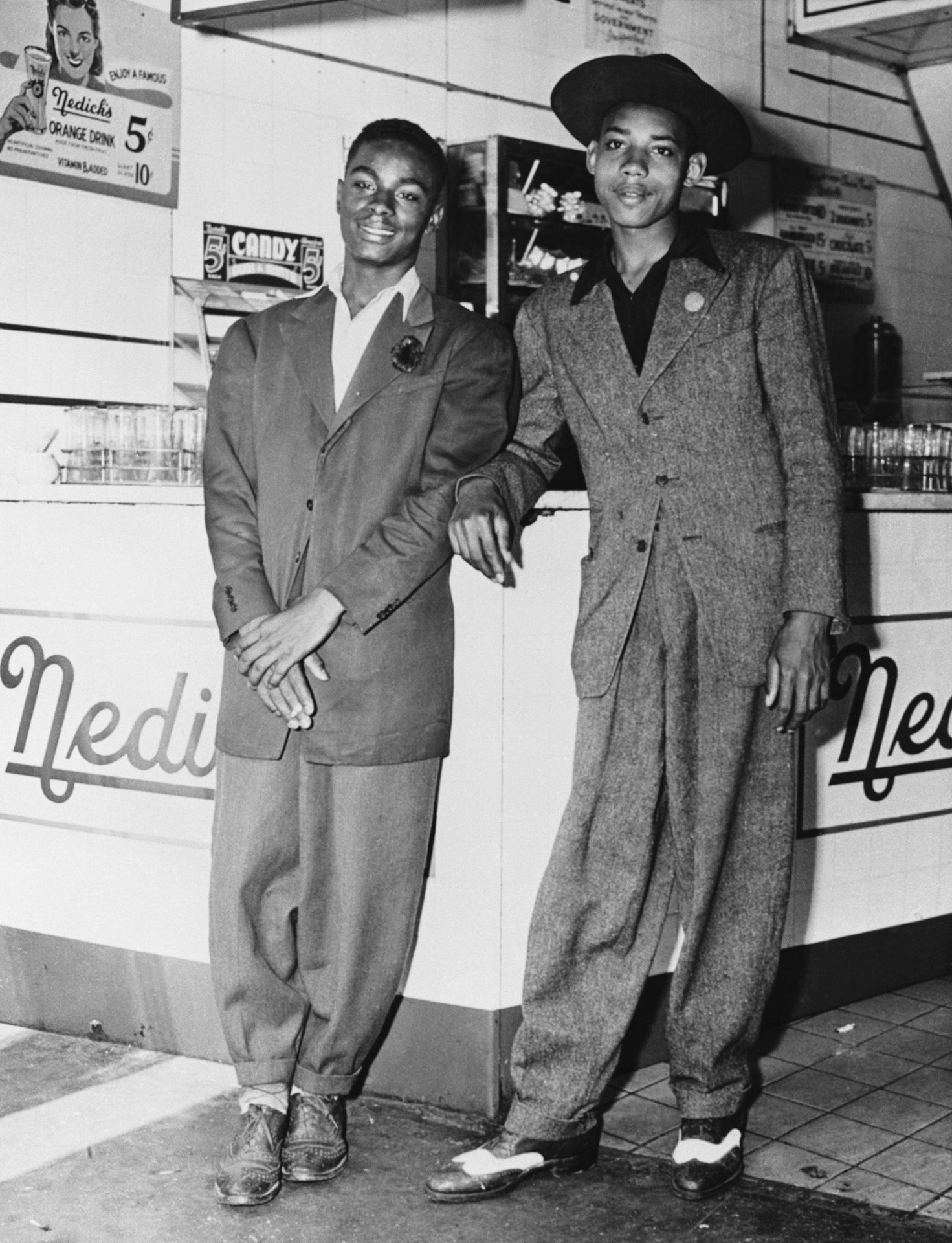

Walker Roberts, 12, Henry Campbell, 14, and Morris Jackson, 13, show off their new “zoot suits” – tuxedos looted from a formalwear shop during the Harlem riot of August 1943.
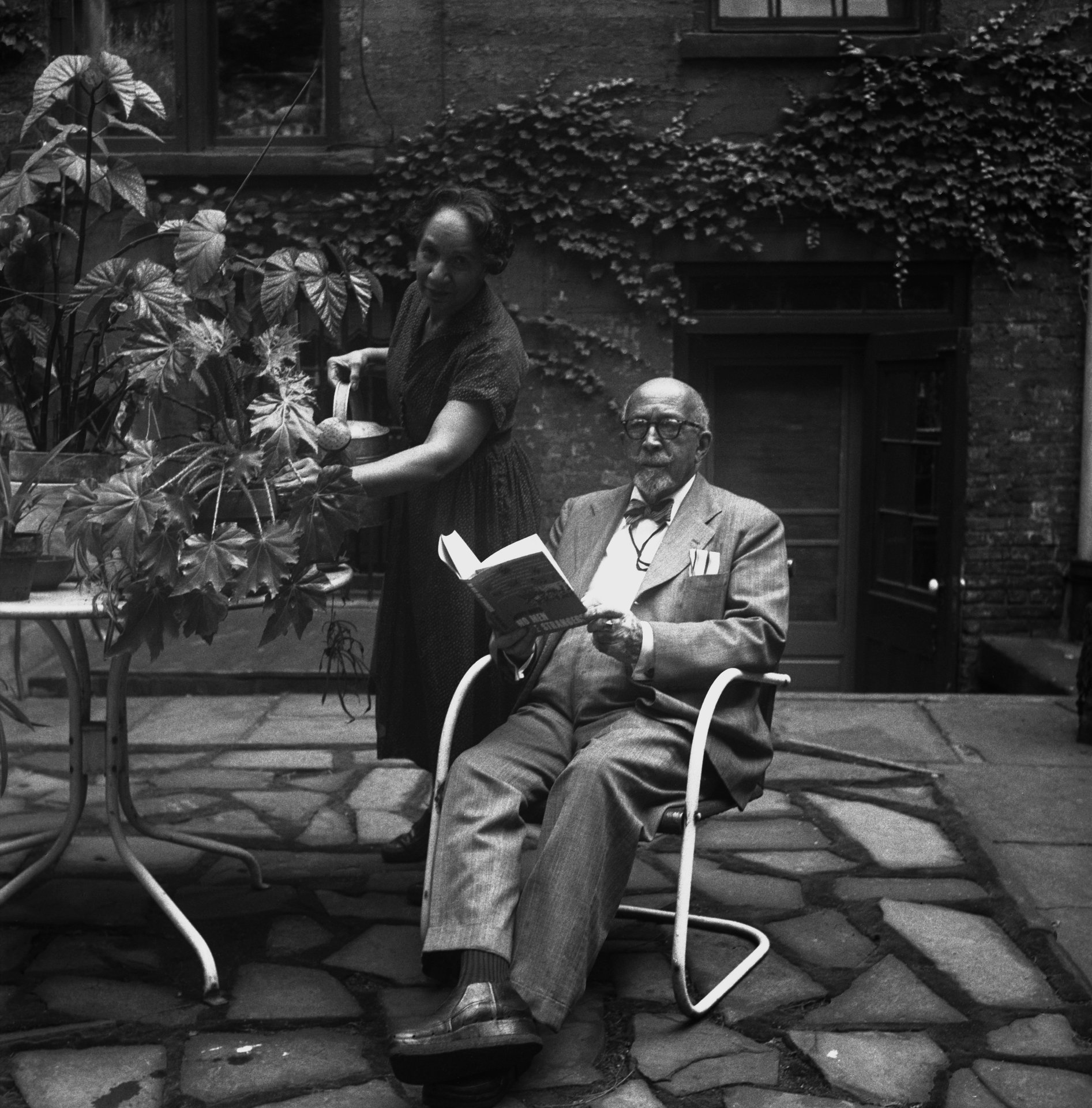
Author, sociologist, historian and civil rights activist W. E. B. Du Bois poses with his wife Shirley Graham Du Bois at their home in Brooklyn Heights in 1958 in New York City.

Andre 3000 and Big Boi of OutKast during 44th GRAMMY Awards.
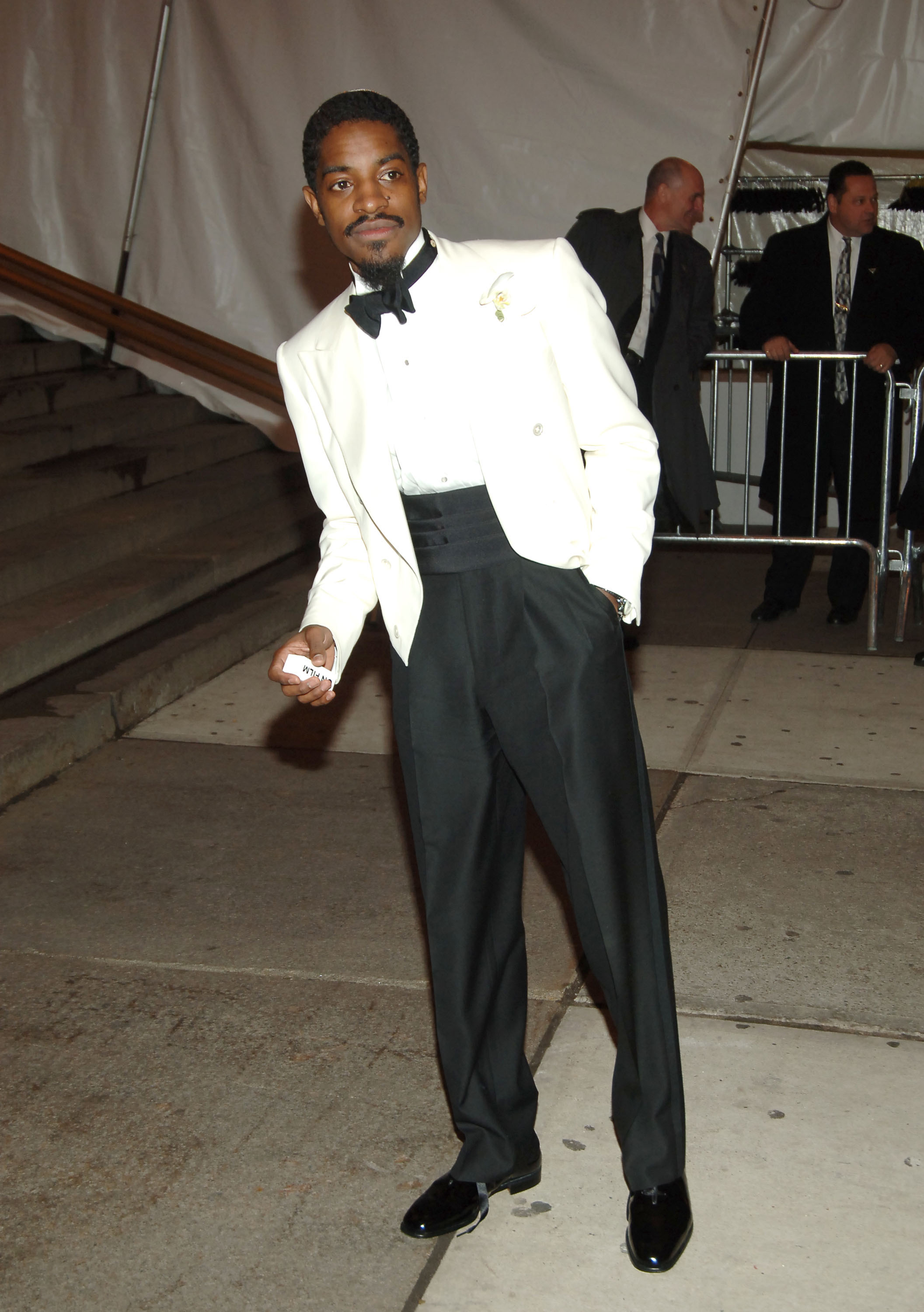
Andre 3000 during The Costume Institute’s Gala Celebrating “Chanel” at The Metropolitan Museum of Art in New York City in 2005.
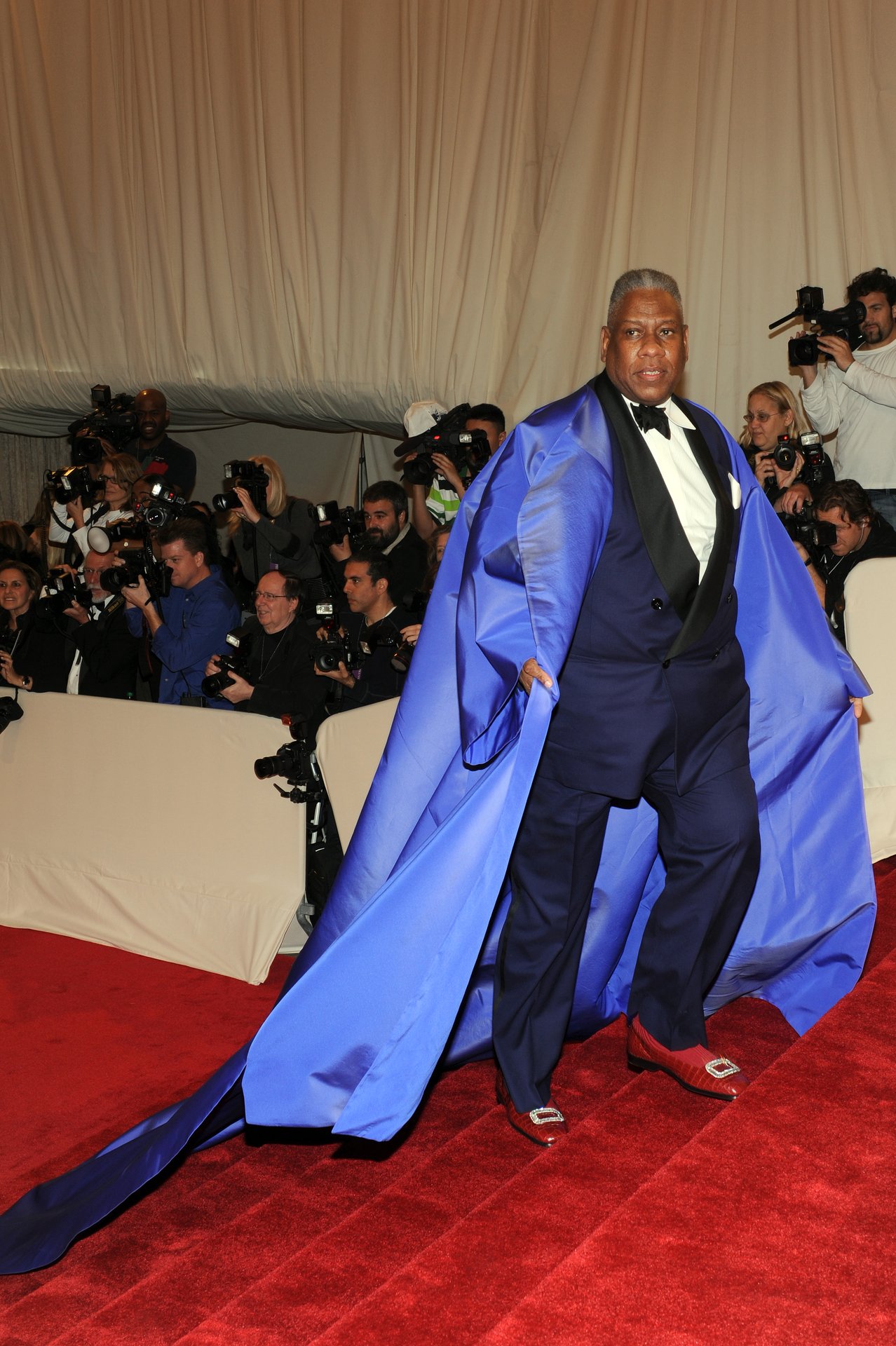
Andre Leon Talley arrives for the Metropolitan Museum of Art’s 2011 Costume Institute Gala and opening of Alexander McQueen: Savage Beauty exhibition.
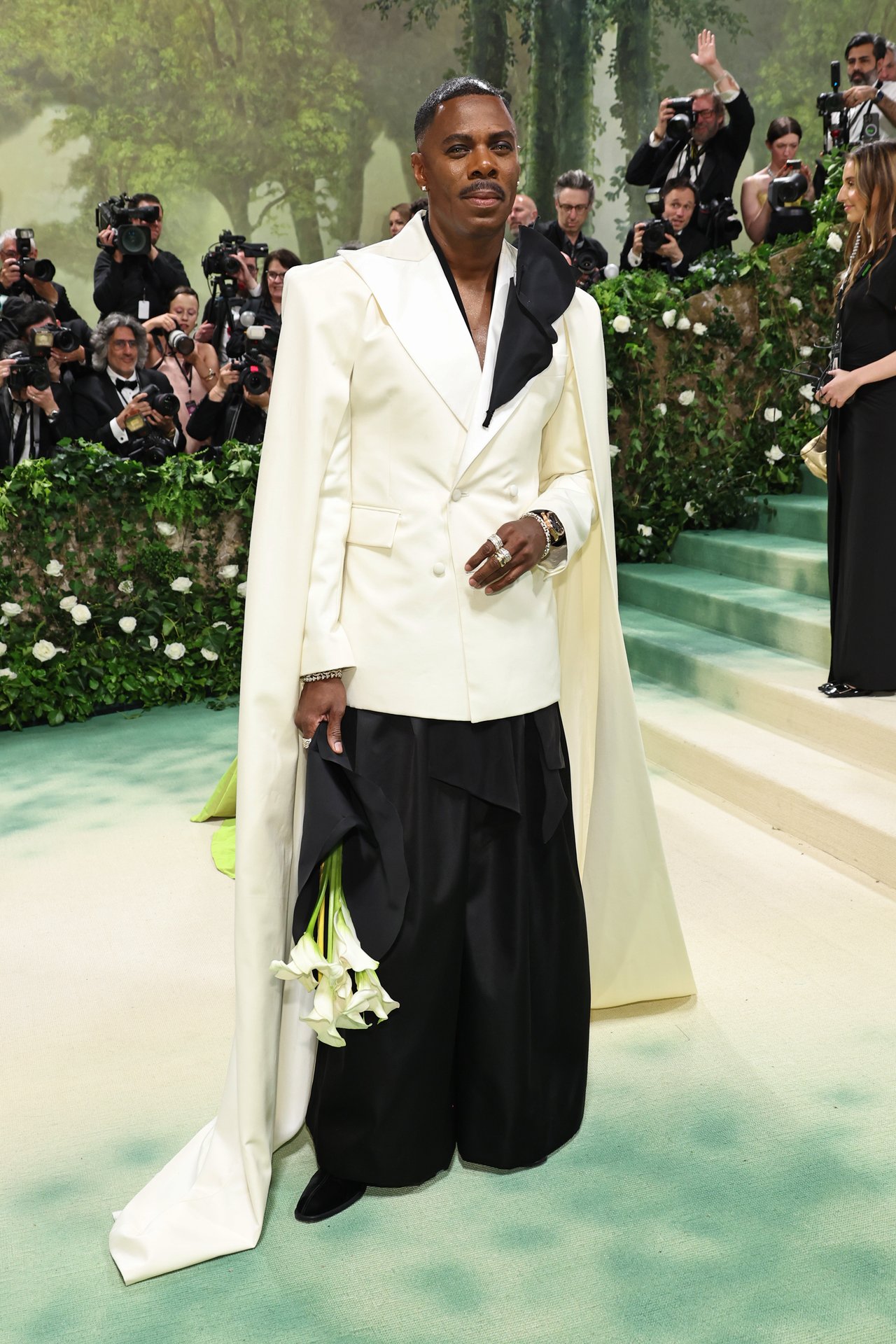
Colman Domingo wearing Willy Chavarria attends the 2024 Met Gala Celebrating “Sleeping Beauties: Reawakening Fashion” at The Metropolitan Museum of Art.
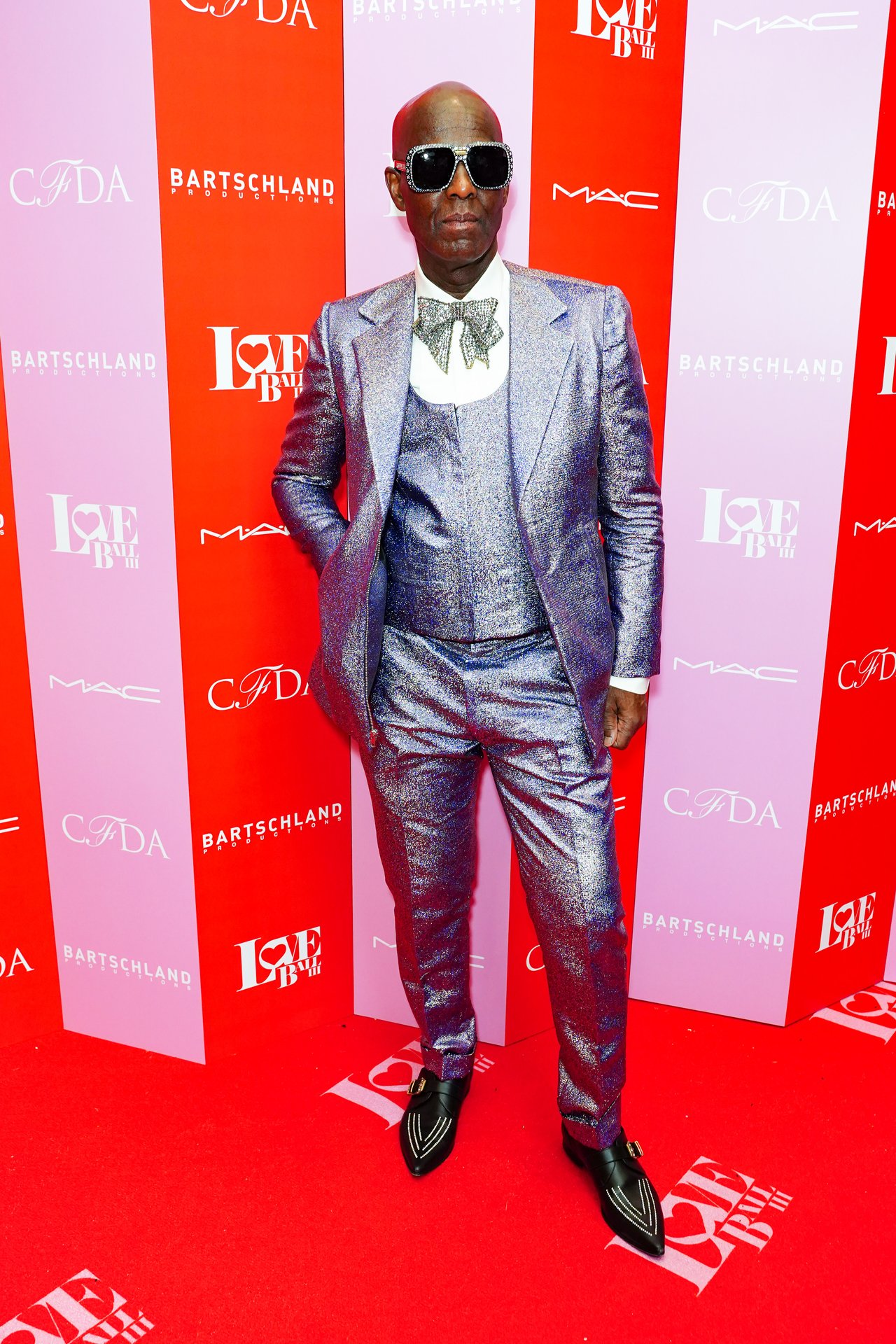
Dapper Dan attends the CFDA’s Love Ball III with Susanne Bartsch at Gotham Hall in New York City in 2019.
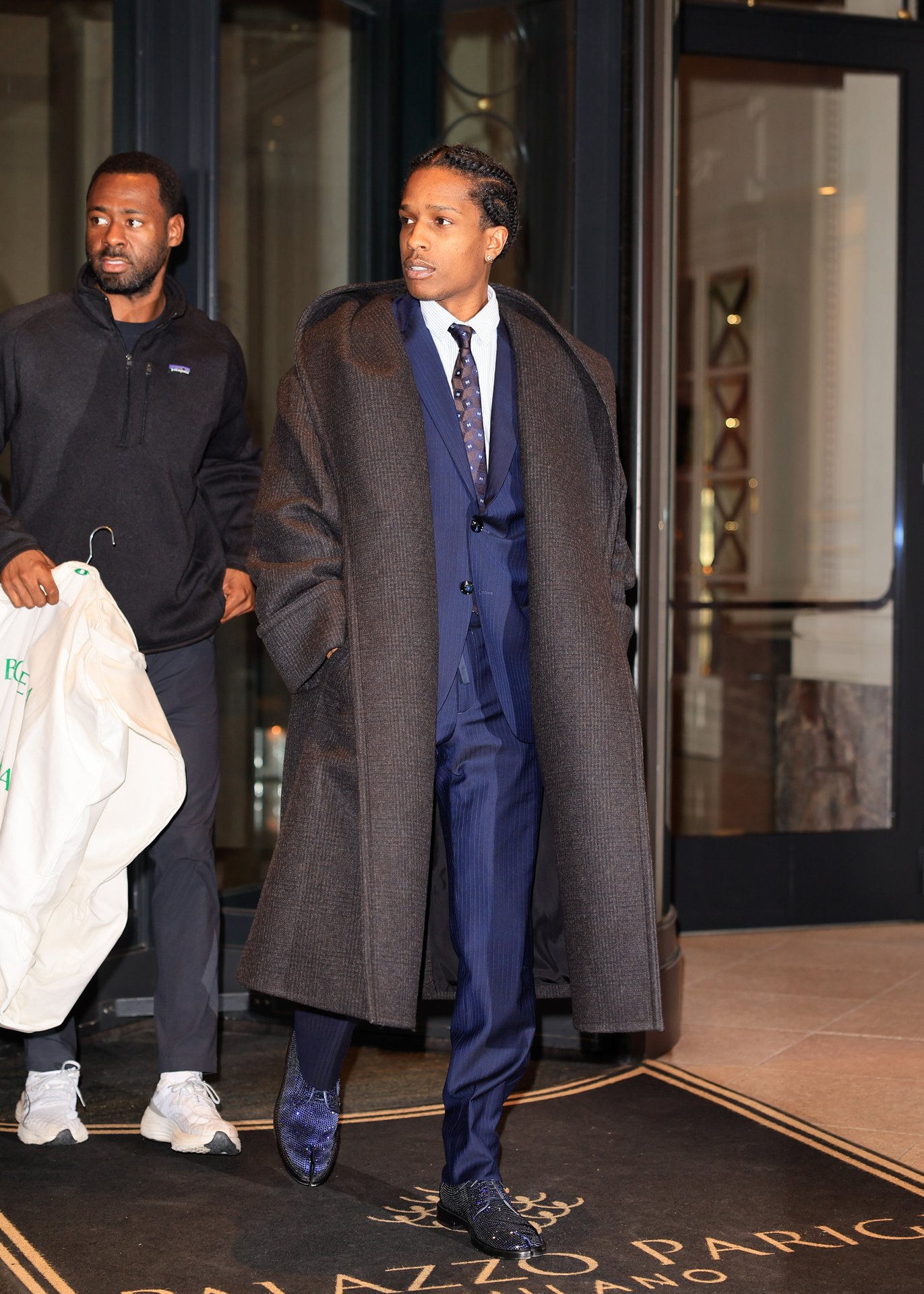
A$AP Rocky in Milan, Italy.